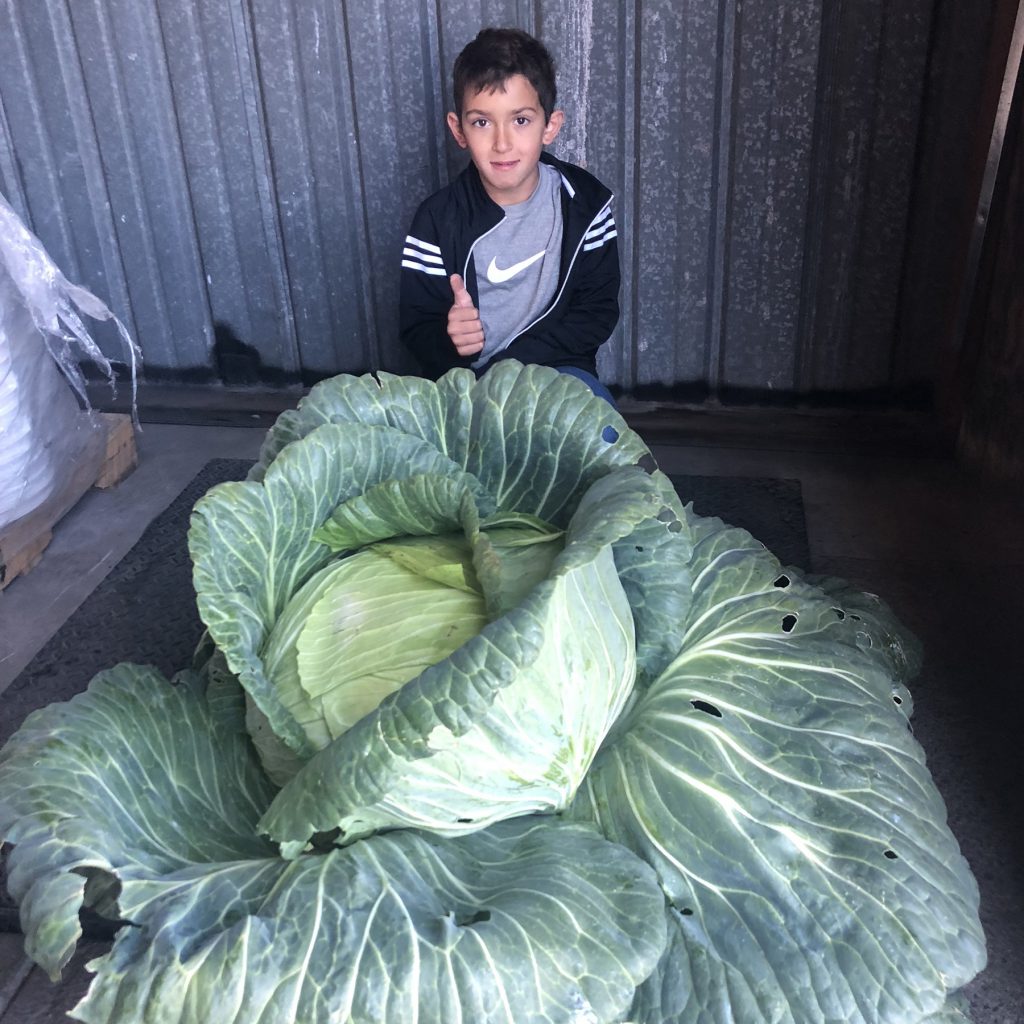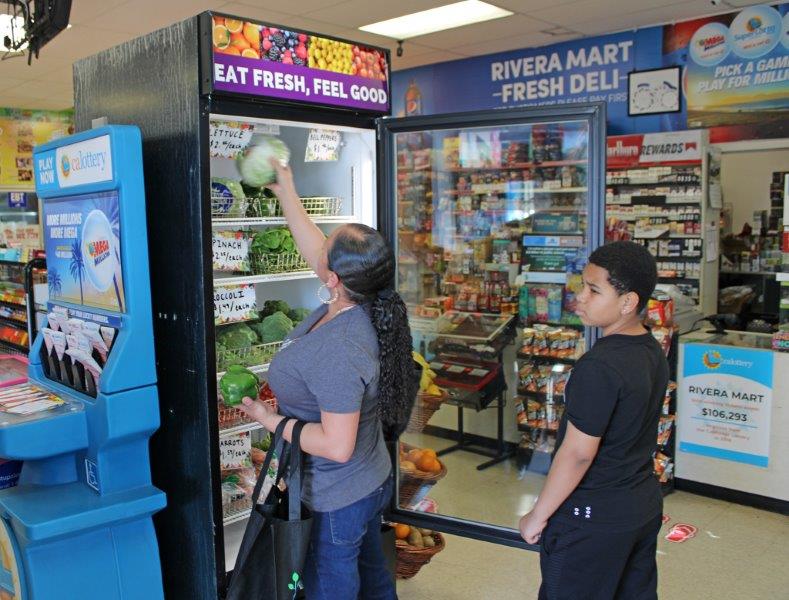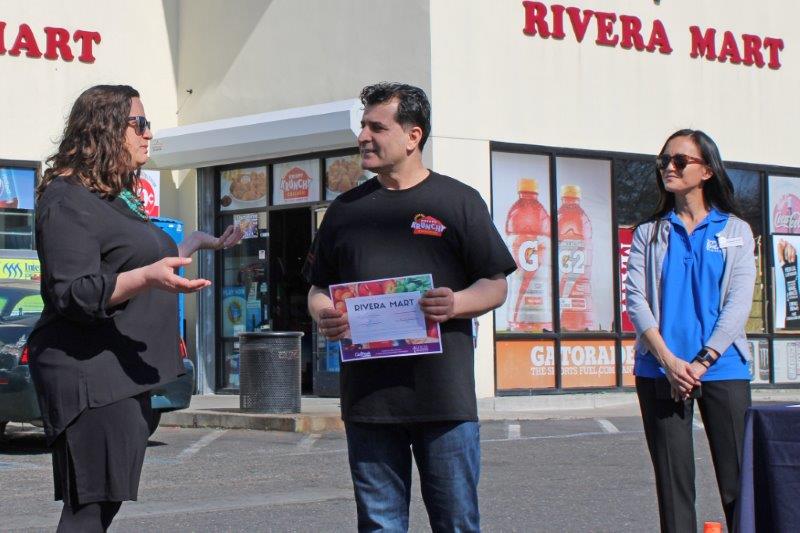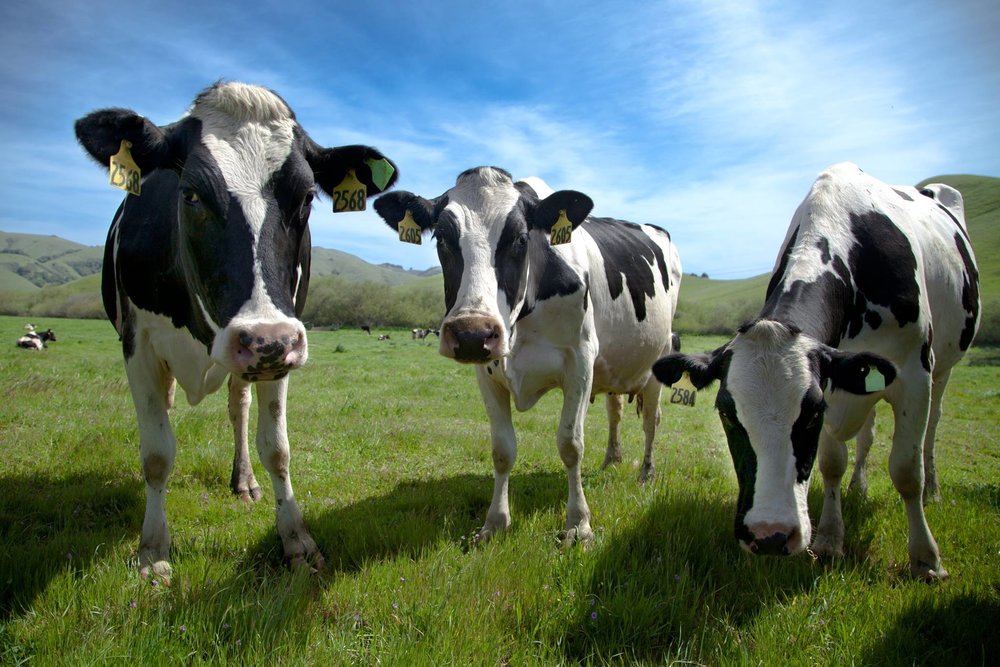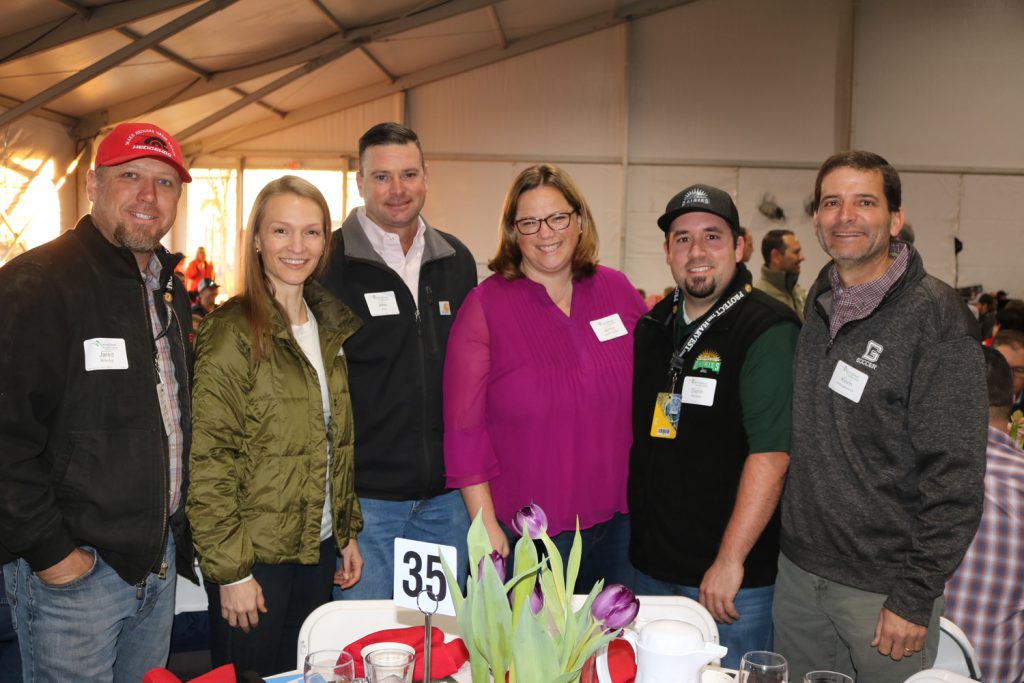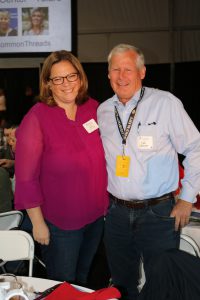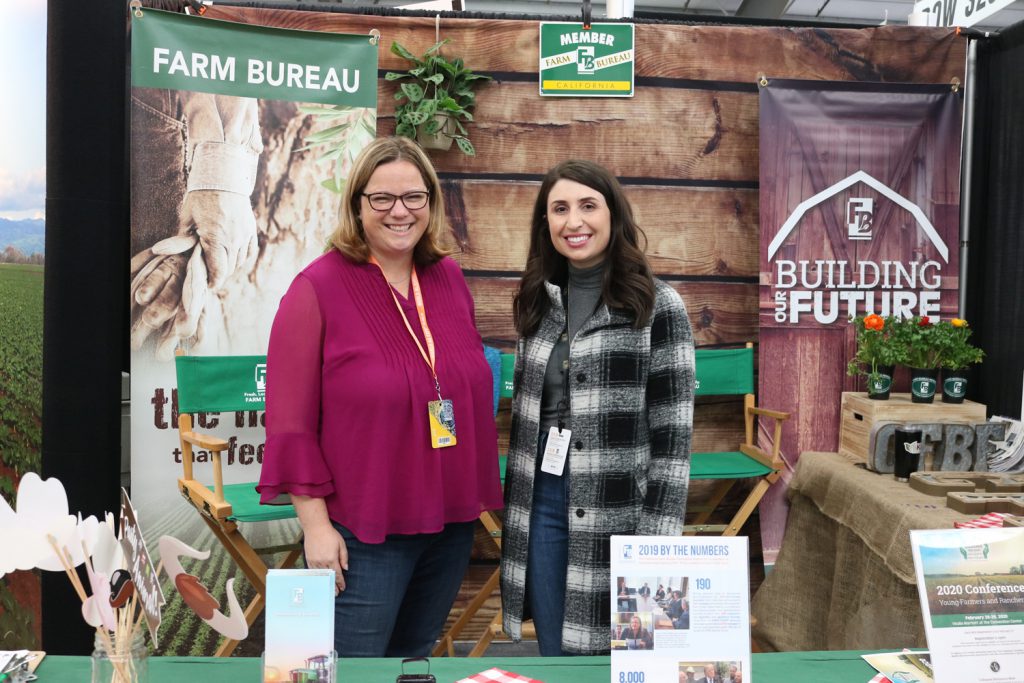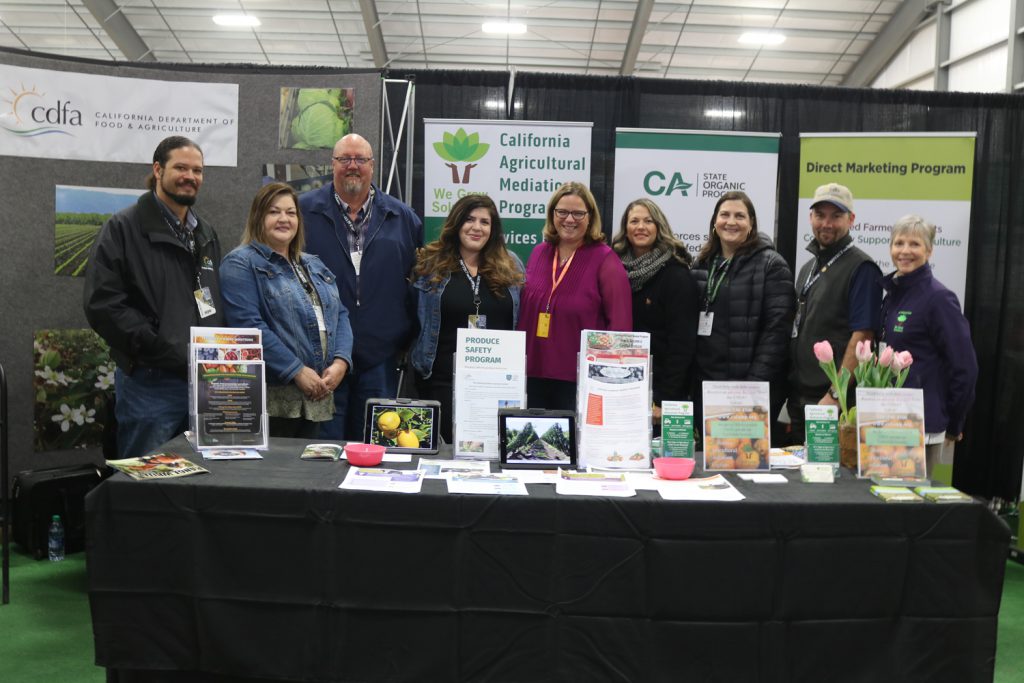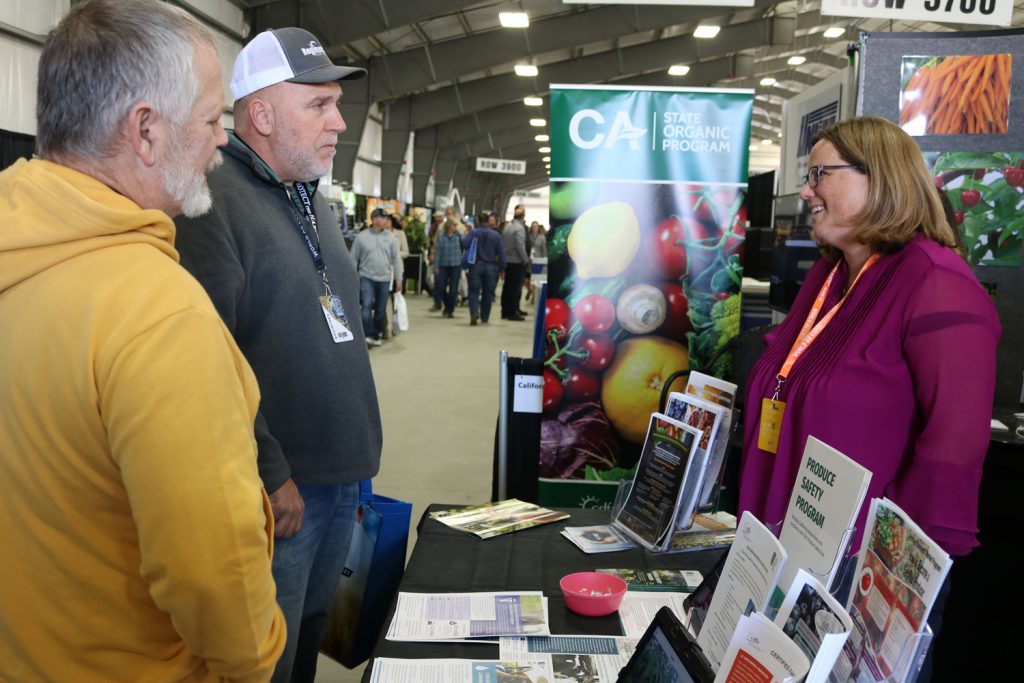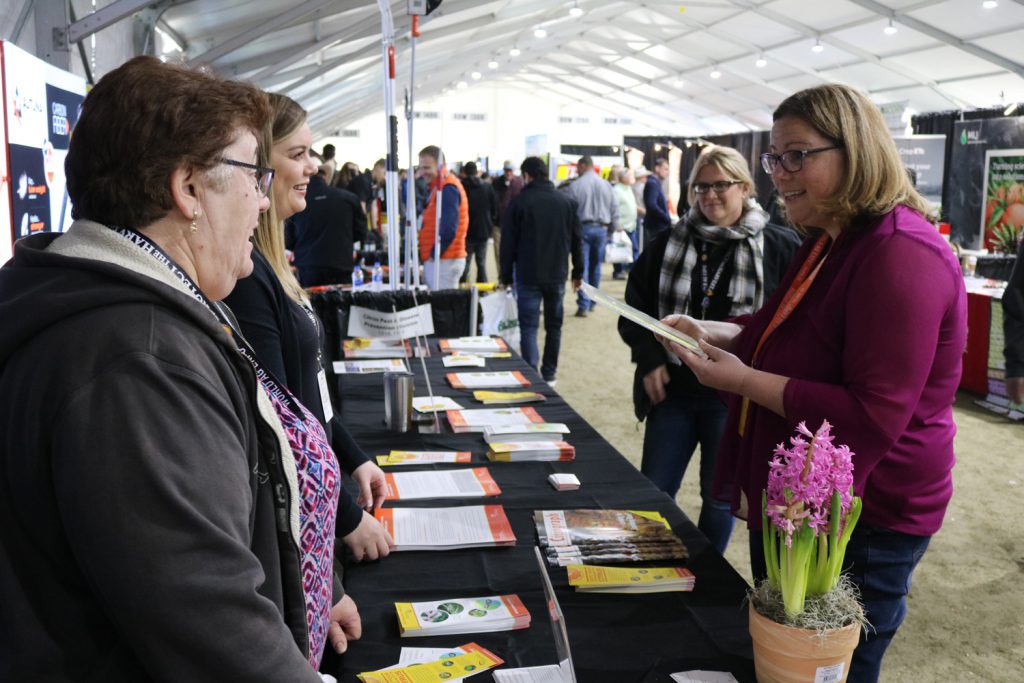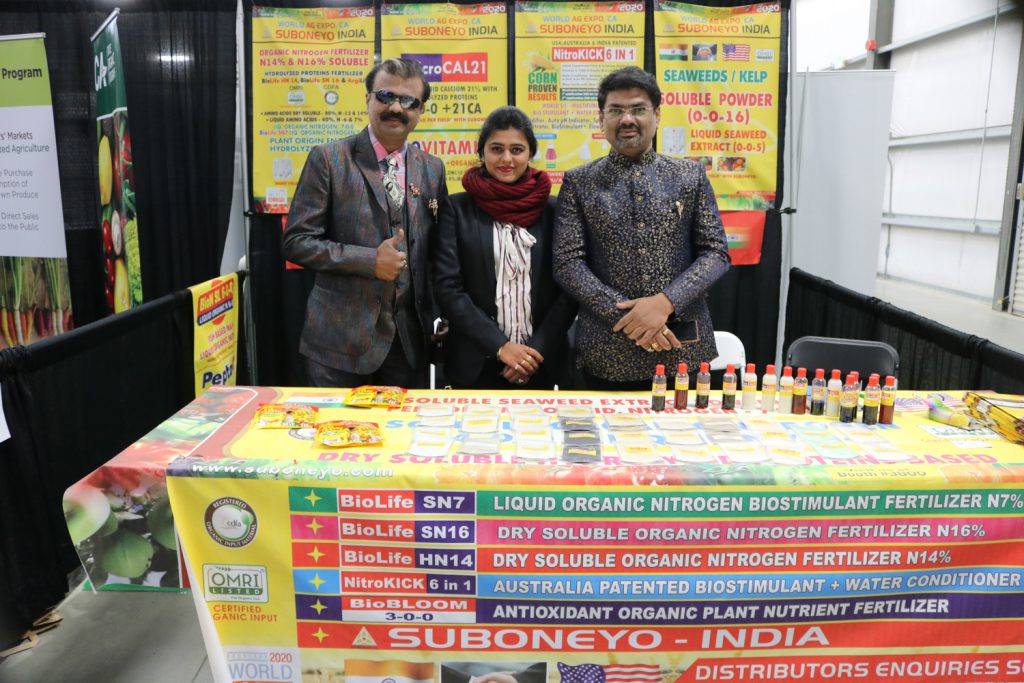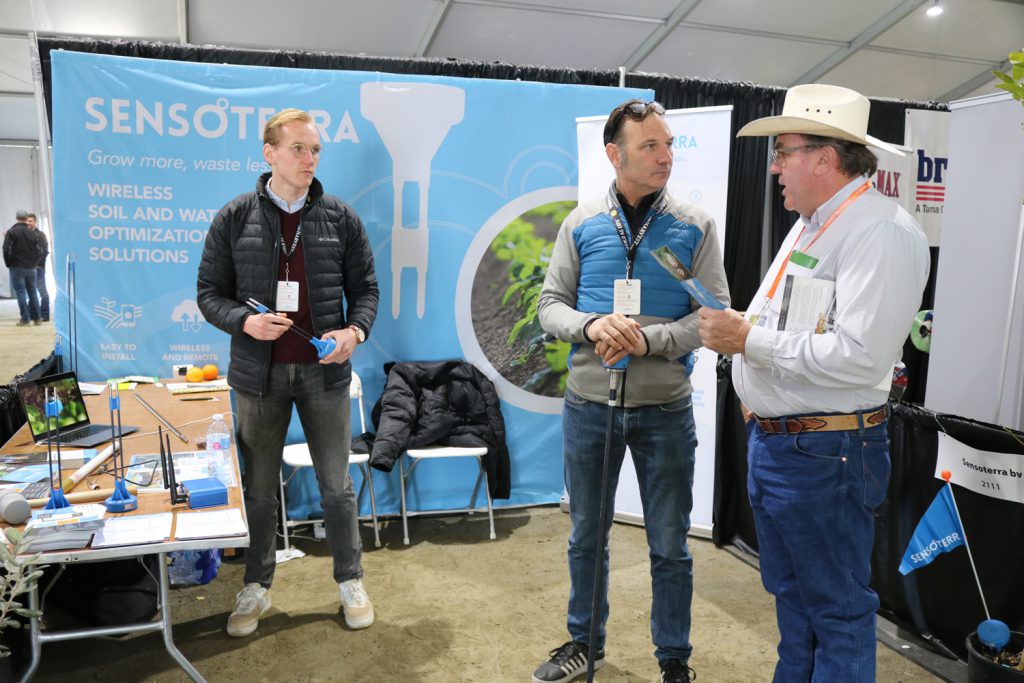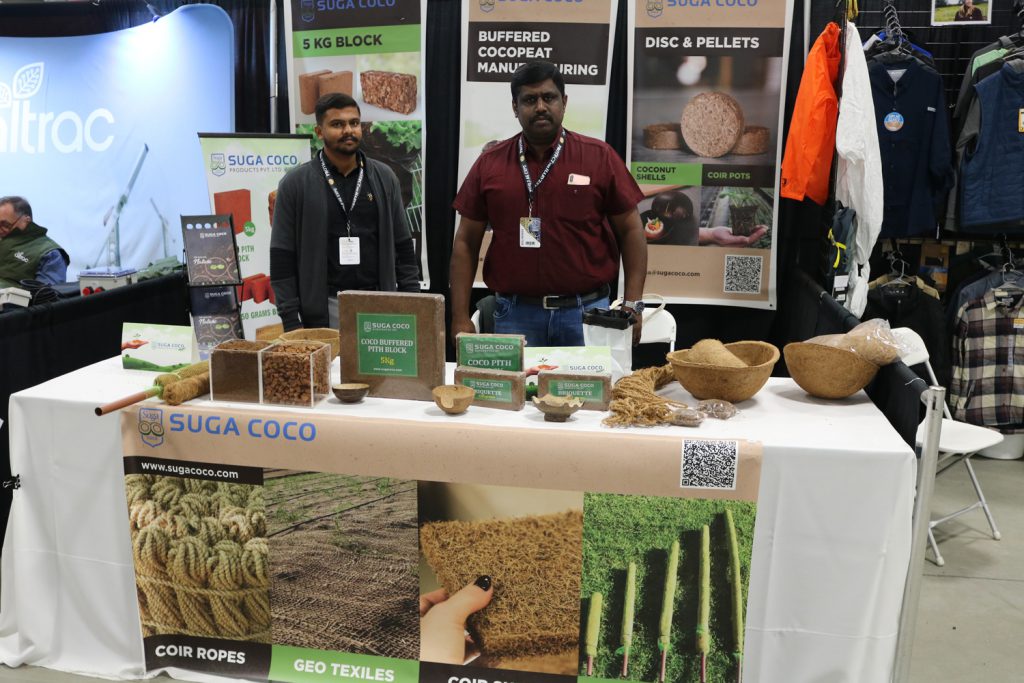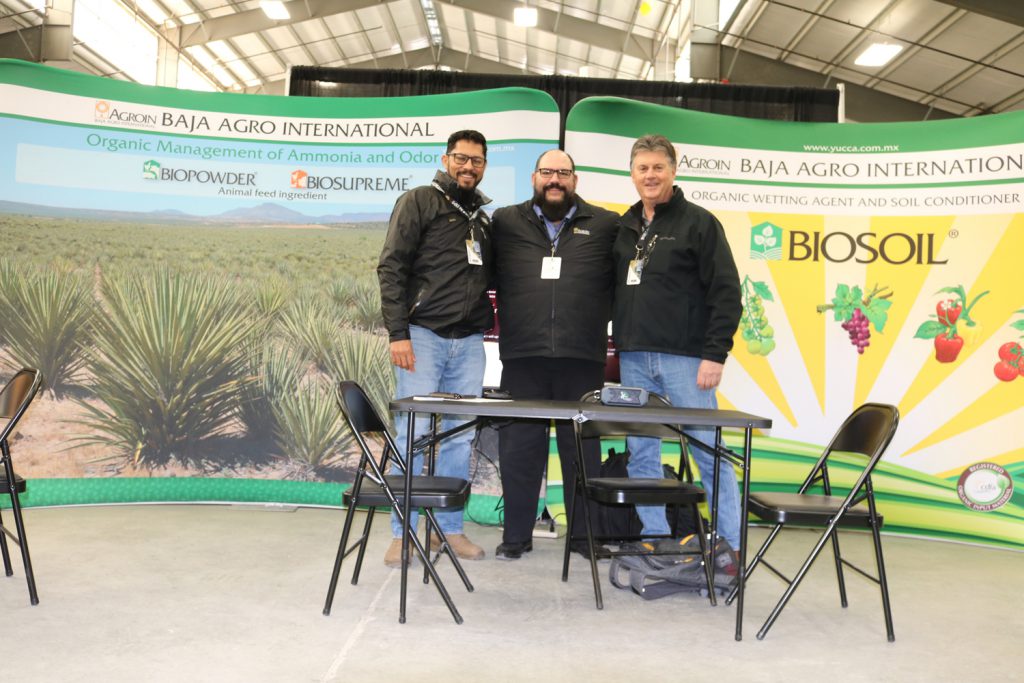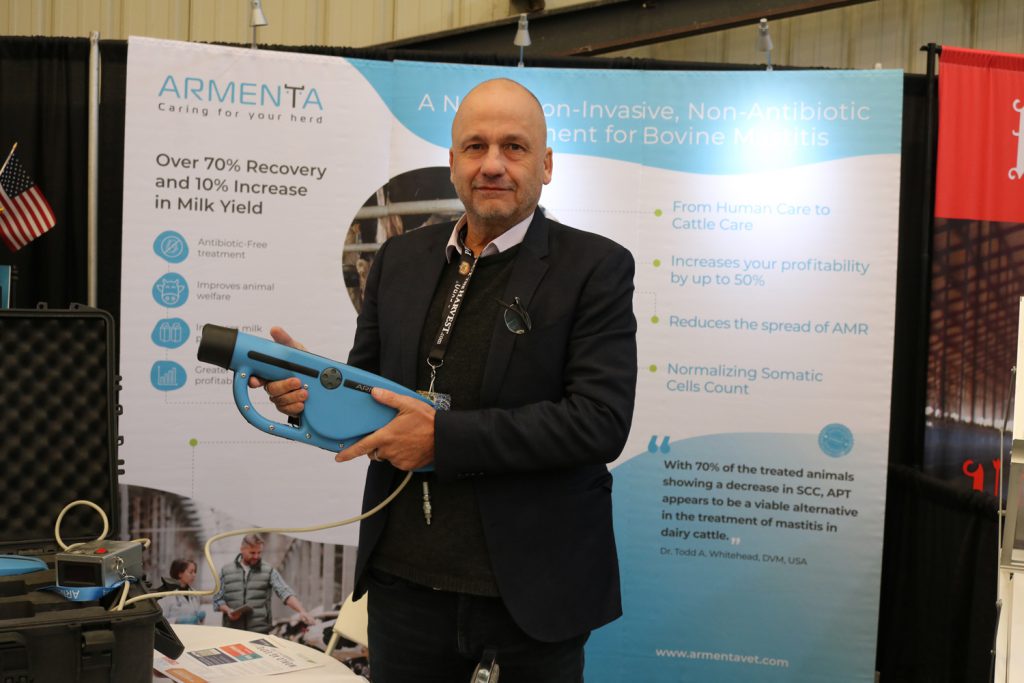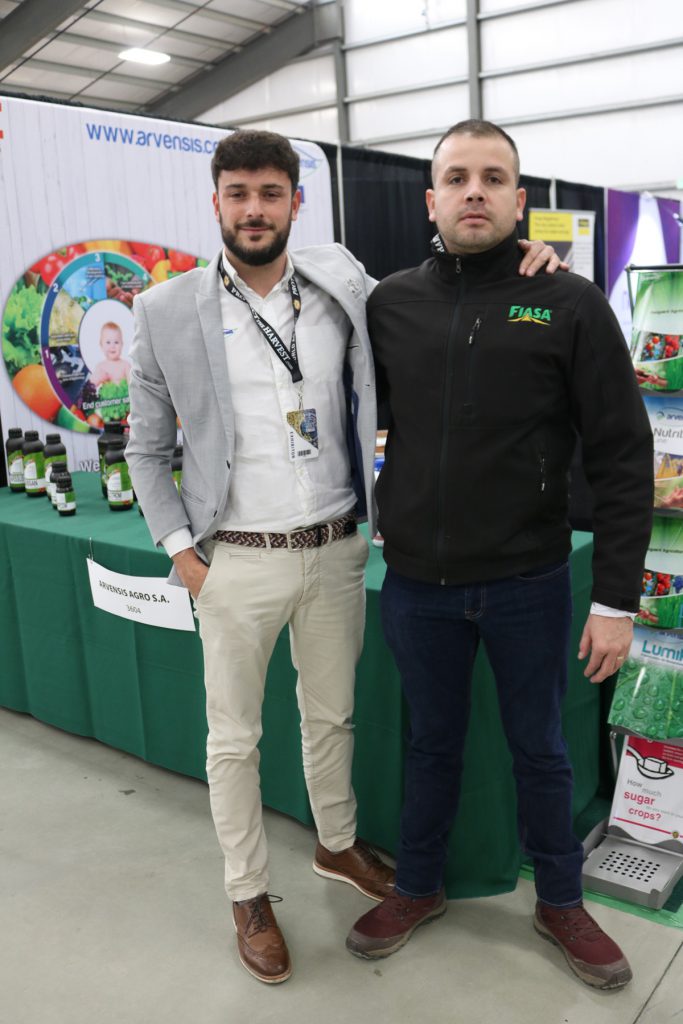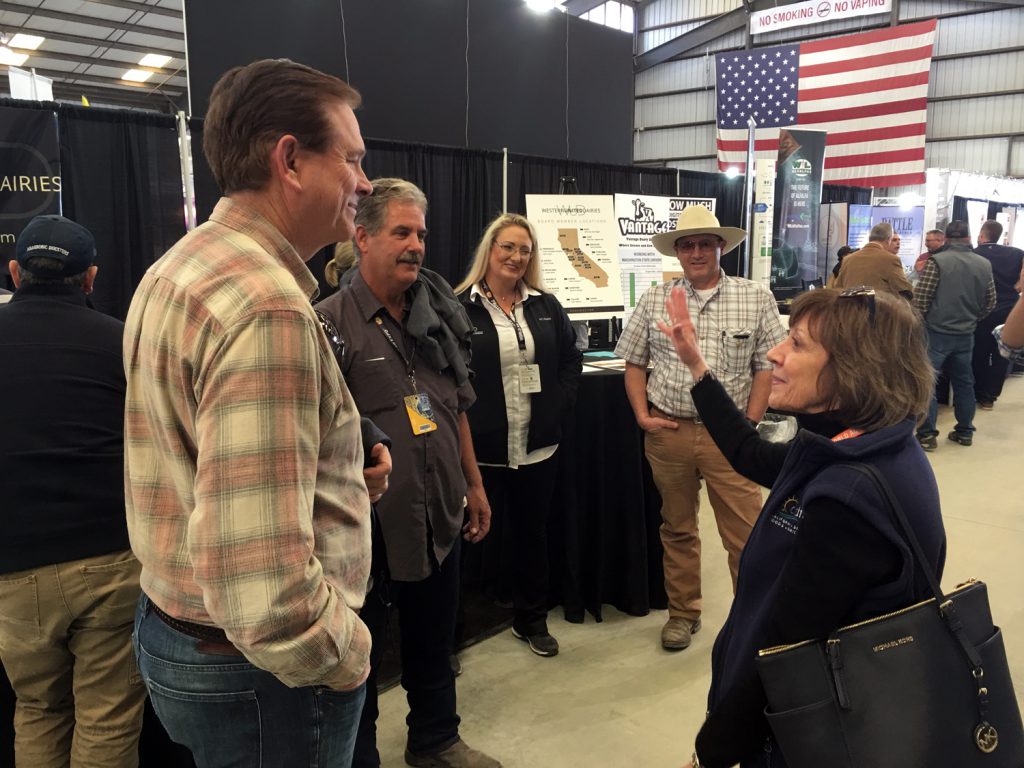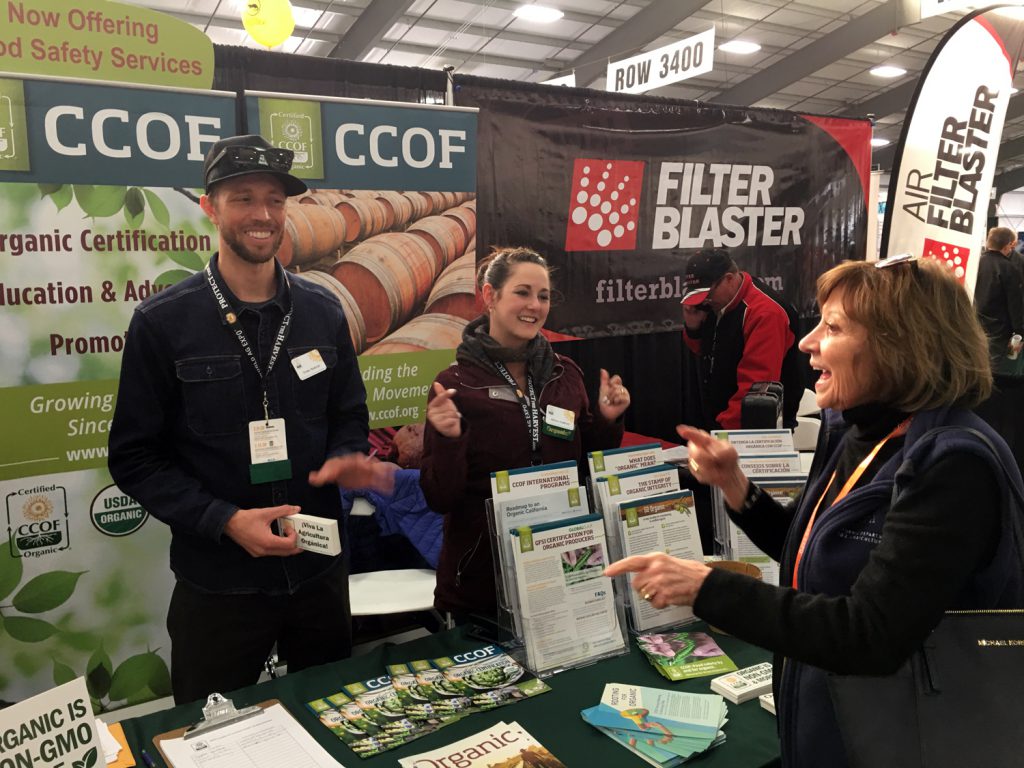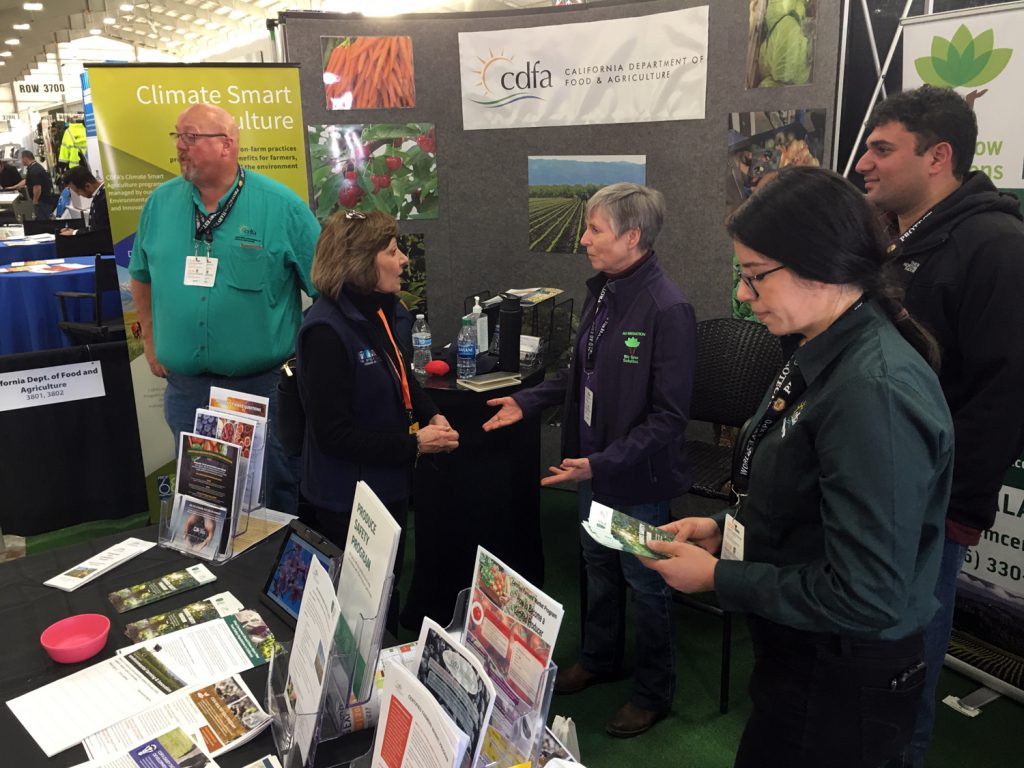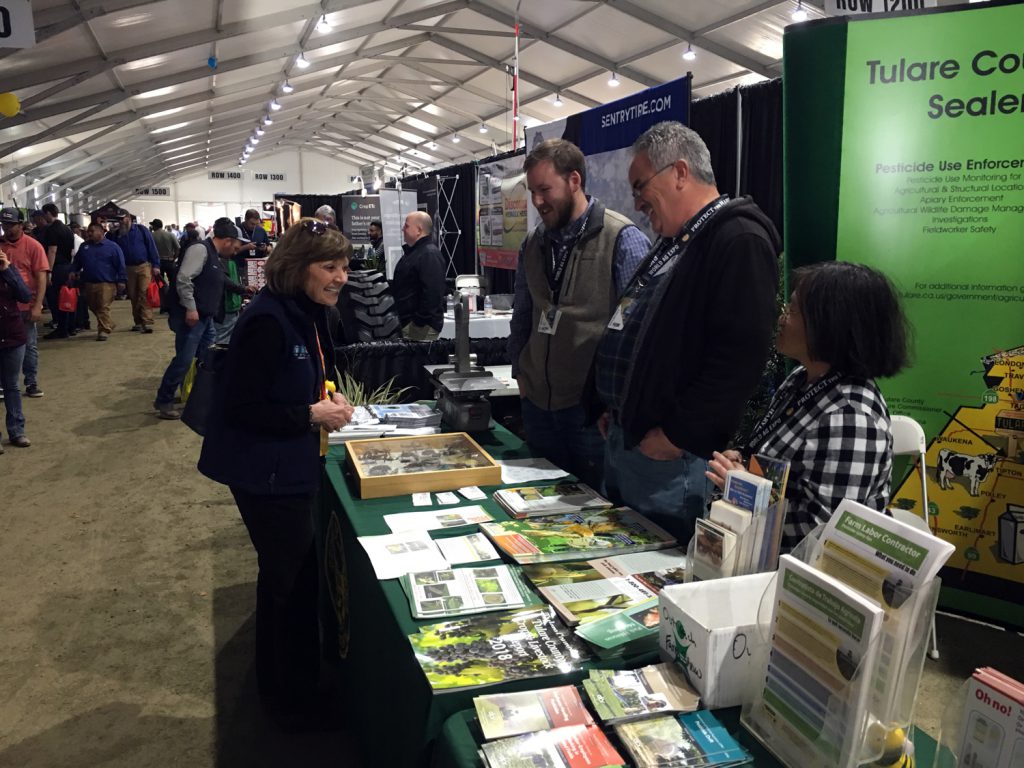$4.65 million available — across 18 California air districts — for purchase of cleaner agricultural trucks, pump engines, tractors and more
From the California Air Resources Board
Funds to replace old agricultural equipment and vehicles are now available for 18 of California’s smaller air districts. Replacement with cleaner equipment helps reduce emissions of harmful diesel exhaust and greenhouse gases, and improves local air quality.
The statewide Funding Agricultural Replacement Measures for Emission Reductions (FARMER) program received $132 million in fiscal year 2018-19. Approximately $4.65 million is specifically designated for districts that each contribute less than 1 percent of total statewide emissions from agricultural equipment.
The first application period for the 18 “shared pool” districts kicked off Saturday, February 1, and runs through March 1, 2020. The second application period is set from May 1 to June 1, 2020. FARMER funding is administered by California’s regional air districts, and farmers apply by submitting an application to their local air district.
To be eligible, vehicles and equipment must be engaged in agricultural operations. Eligible project categories include:
- • On-road heavy-duty trucks;
- • Off-road vehicles, such as tractors;
- • Stationary and portable engine sources, such as agricultural pumps;
- • Utility Terrain Vehicles (UTV), or small tractors, (eligible for replacement with electric UTV); and
- • Infrastructure engaged in, or supporting, agricultural operations.
Since the FARMER program first launched in 2018, projects implemented statewide will reduce 250 tons of fine particulate matter (PM 2.5), 4,200 tons of oxides of nitrogen (NOx), and 64,000 metric tons of carbon dioxide equivalent greenhouse gases.
The FARMER Program is part of California Climate Investments, a statewide initiative that puts billions of cap-and-trade dollars to work reducing greenhouse gas emissions, strengthening the economy, and improving public health and the environment — particularly in disadvantaged communities.
The 18 shared pool districts were designated to ensure farmers in those smaller districts have the opportunity to access FARMER funding. The pool is managed by Placer County Air Pollution Control District.
The 18 districts are:
Amador County APCD
Antelope Valley AQMD
Calaveras County APCD
El Dorado County AQMD
Great Basin Unified APCD
Lake County AQMD
Lassen County APCD
Mariposa County APCD
Mendocino County AQMD
Modoc County APCD
Mojave Desert AQMD
North Coast Unified AQMD
Northern Sierra AQMD
Northern Sonoma County APCD
Placer County APCD
Shasta County AQMD
Siskiyou County APCD
Tuolumne County APCD



